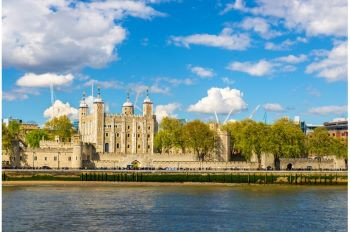









The Tower of London is not only a famous landmark, but also a symbol of England's fascinating history. The magnificent fortress on the north bank of the River Thames, right next to Tower Bridge, has served as a royal palace, prison, armoury and treasury.
The Tower has witnessed some of the most dramatic events in English history, including royal executions, rebellions and bloody battles. Today it is one of London's most visited tourist attractions, attracting millions of visitors every year. Discover its history, its impressive architecture and the world-famous Crown Jewels!

Clickhere
to see on google maps
Address:
Tower of London
London EC3N 4AB
United Kingdom